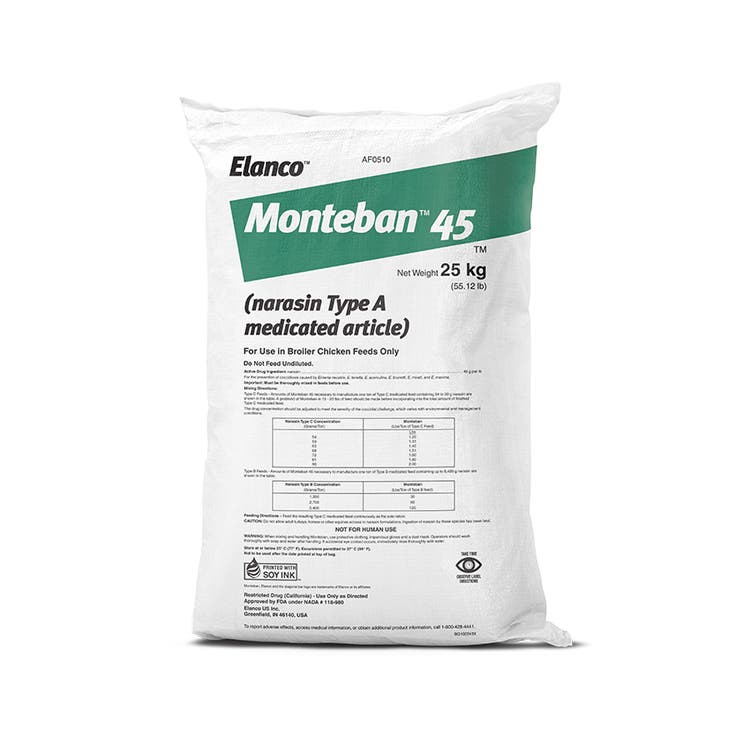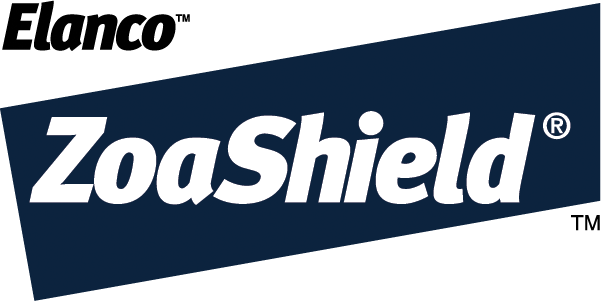Intestinal Integrity Products
Elanco helps poultry customers succeed by delivering an unbeatable combination of world-class intestinal integrity products and expertise.
Helping Producers Improve Profitability by Maintaining Intestinal Integrity
Elanco is the most trusted name in poultry intestinal integrity products for a good reason: we focus on building customized, effective turkey and chicken disease prevention plans for each customer. Our trusted portfolio of anticoccidial ionophores is complemented by our non-antibiotic intestinal integrity products to help poultry customers maintain intestinal integrity in their flocks.
Investing in R&D
Science-Based Solutions
Unmatched Expertise
Continuous Improvement
Elanco uses a combination of innovative R&D, rigorous scientific analysis and world-class industry expertise to help improve the poultry industry as a whole. Put our commitment to finding the next product breakthrough and the unrivaled expertise of our technical consultants to work helping your operation prosper.
Elanco’s Industry-Leading Intestinal Integrity Portfolio
From ionophores to non-medical anticoccidials, Elanco has a broad array of tools you need to fight necrotic enteritis and coccidiosis in chickens and turkeys.

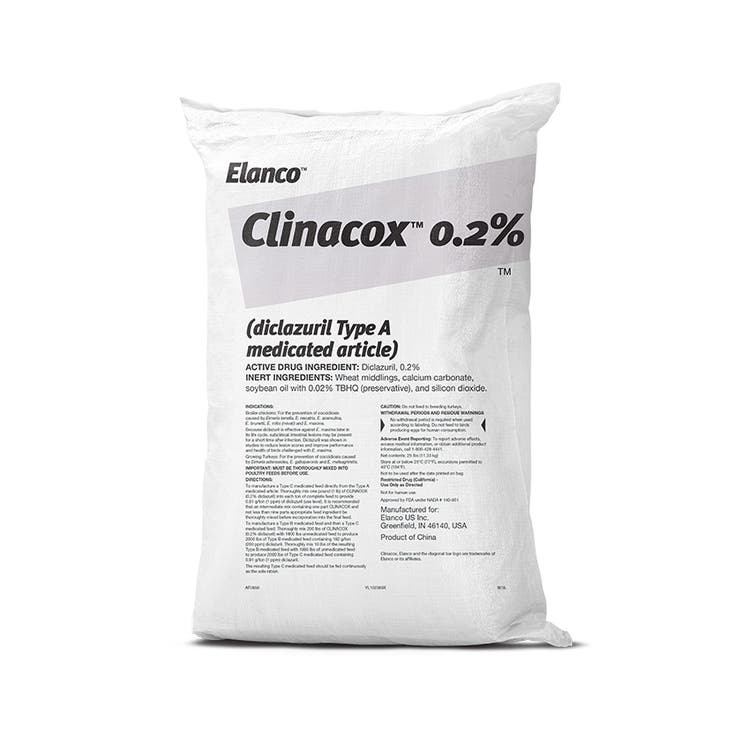
Clinacox®
The potent, non-antibiotic treatment that’s designed to be used for one cycle.
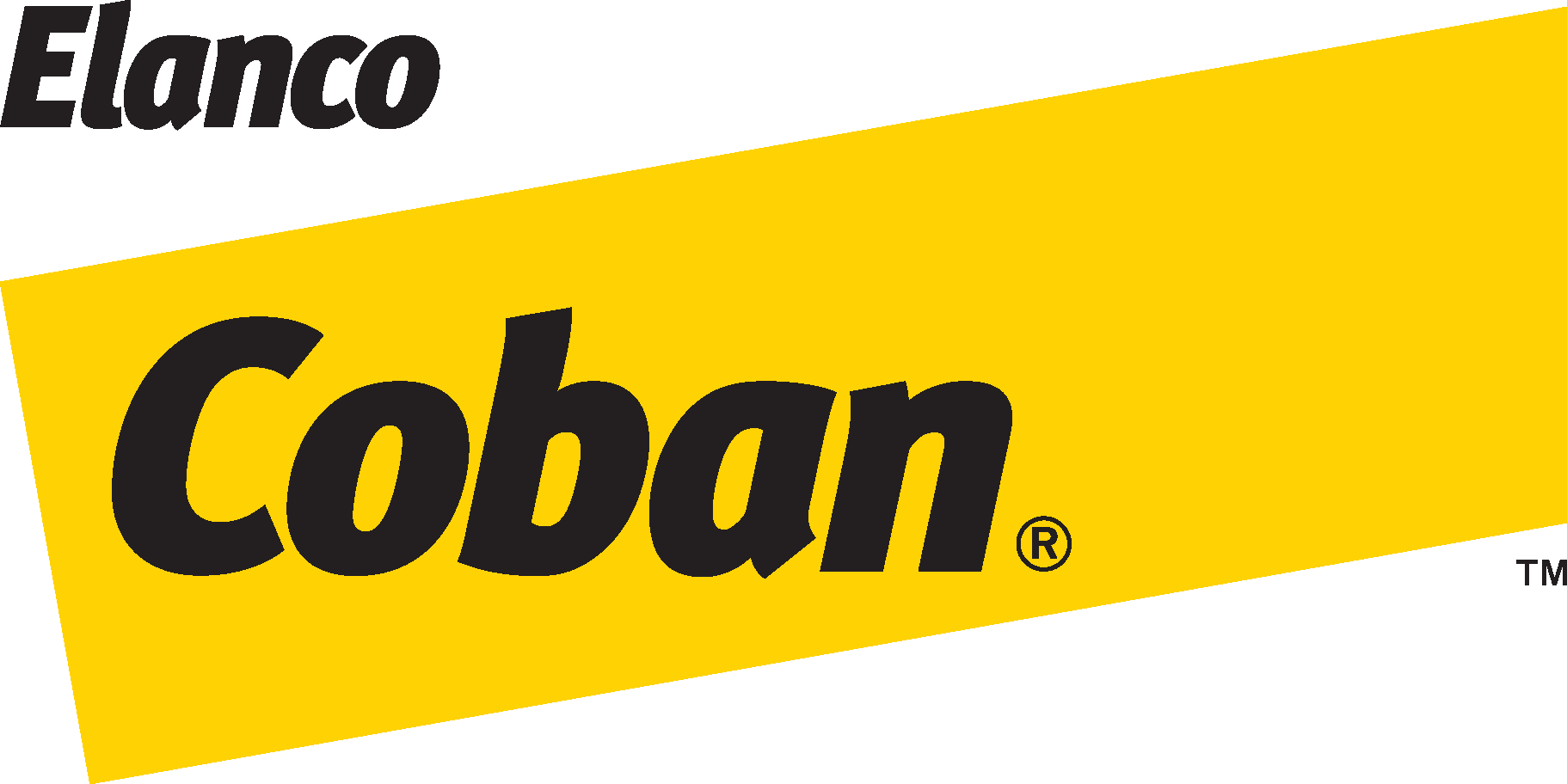
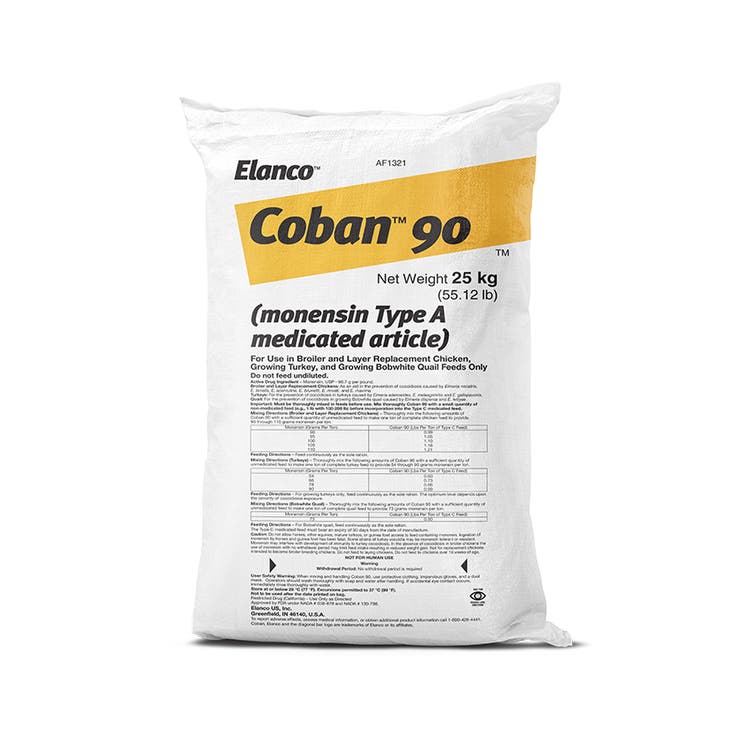
Coban®
Effective coccidia control, resulting in drier litter and improved feed conversion.
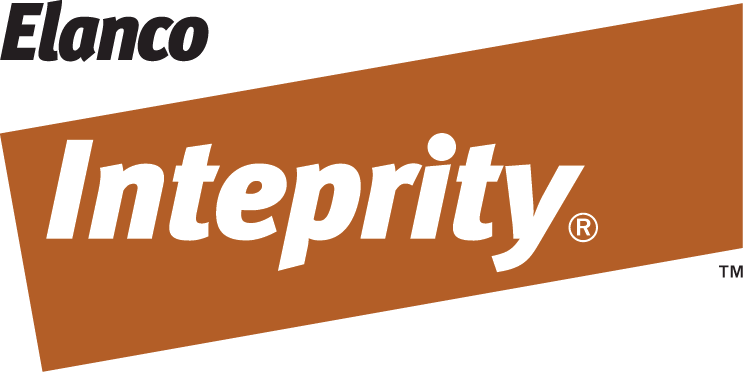

Inteprity®
First-in-class, animal-use only, in-feed antibiotic for prevention of mortality caused by necrotic enteritis.
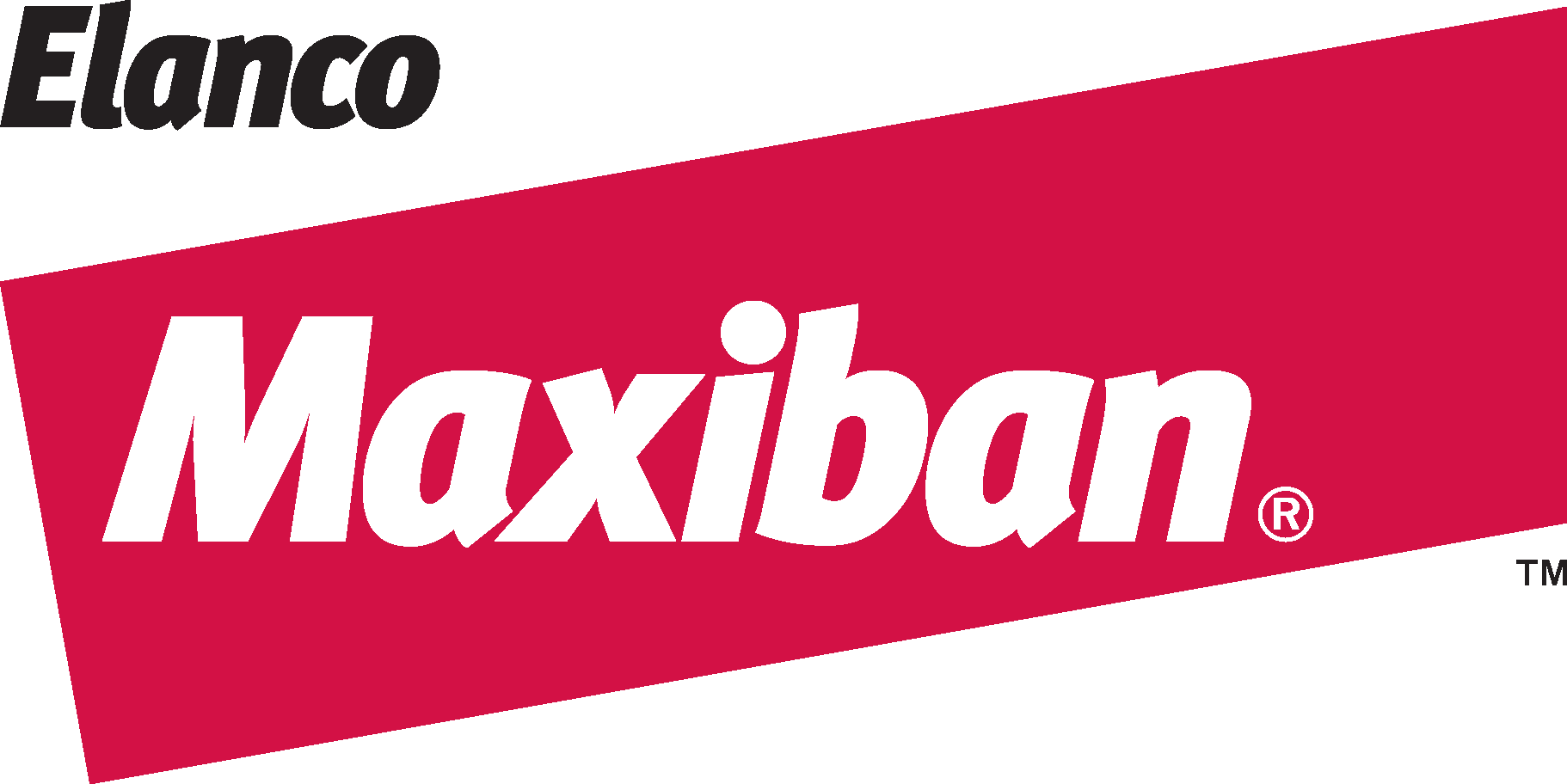
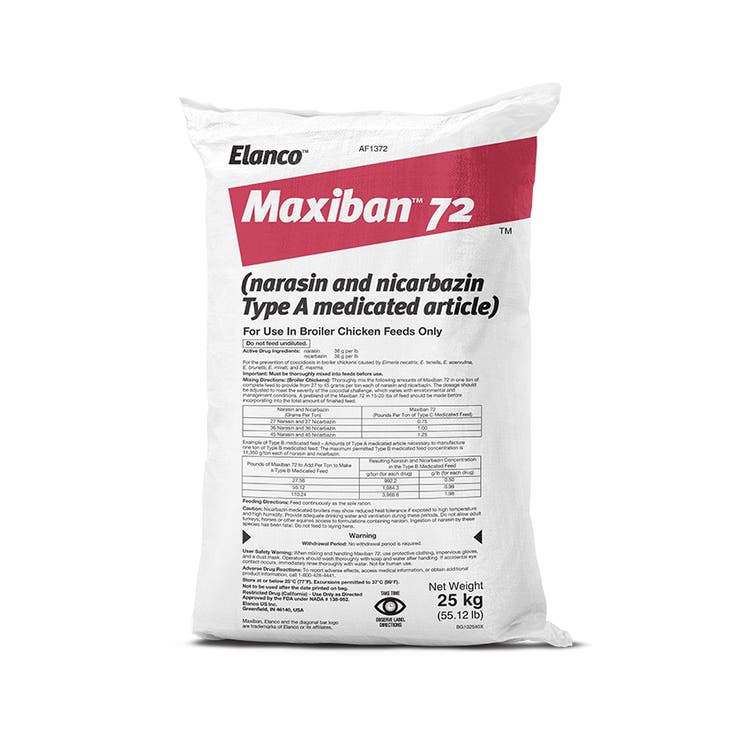
Maxiban®
Combines the strengths of an ionophore and a chemical to pose a dual threat to coccidia.
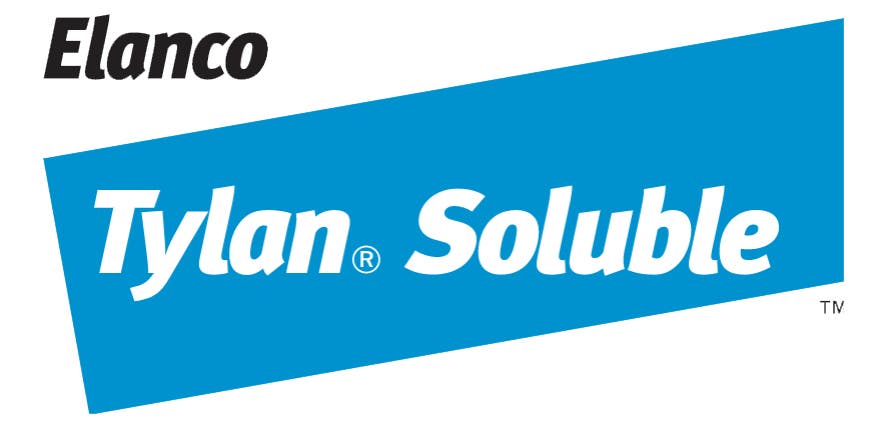
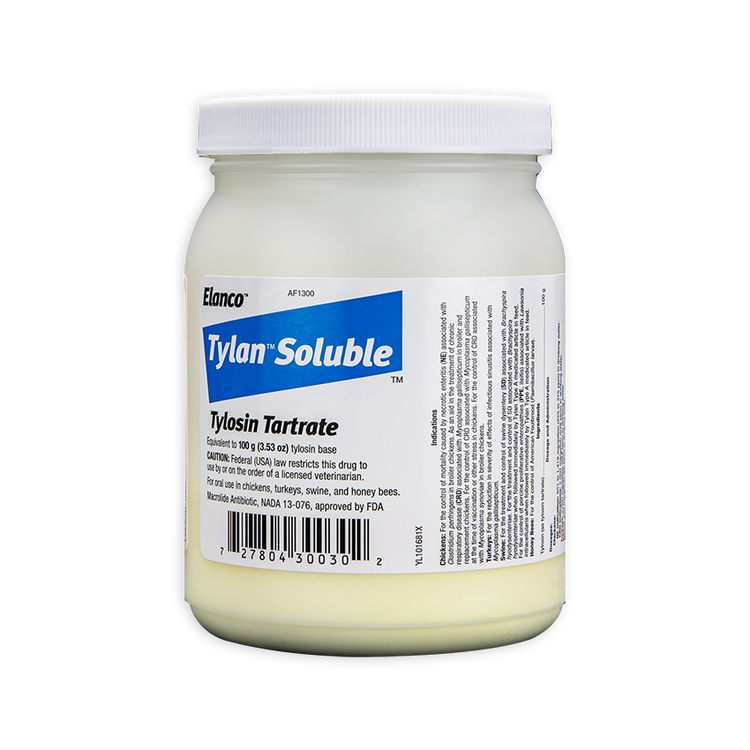
Tylan® Soluble (Tylosin Tartrate)
Water soluble antibiotic for the treatment of necrotic enteritis andchronic respiratory disease in chickens and Mycoplasma gallisepticum (MG) in turkeys.
Intestinal Integrity Scores and Their Impact on Bird Performance
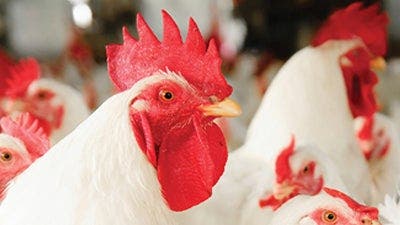
Did you know that Intestinal Integrity Index Scores can help you to monitor, track and benchmark the gut health of your birds?
Clinacox Directions for use:
Broiler chickens: For the prevention of coccidiosis caused by Eimeria tenella, E. necatrix, E. acervulina,
E. brunetti, E. mitis (mivati) and E. maxima.
Because diclazuril is effective against E. maxima later in its life cycle, subclinical intestinal lesions may be present for a short time after infection. Diclazuril was shown in studies to reduce lesion scores and improve performance and health of birds challenged with E. maxima.
Growing Turkeys: For the prevention of coccidiosis caused by Eimeria adenoeides, E. gallopavonis and E. meleagrimitis.
To manufacture a Type C medicated feed directly from the Type A medicated article: Thoroughly mix one pound (1 lb) of CLINACOX (0.2% diclazuril) into each ton of complete feed to provide 0.91 g/ton (1 ppm) of diclazuril (use level). It is recommended that an intermediate mix containing one part Clinacox and not less than nine parts appropriate feed ingredient be thoroughly mixed before incorporation into the final feed.
To manufacture a Type B medicated feed and then a Type C medicated feed: Thoroughly mix 200 lbs of Clinacox (0.2% diclazuril) with 1800 lbs unmedicated feed to produce 2000 lbs of Type B medicated feed containing 182 g/ton (200 ppm) diclazuril. Thoroughly mix 10 lbs of the resulting Type B medicated feed with 1990 lbs of unmedicated feed to produce 2000 lbs of Type C medicated feed containing 0.91 g/ton (1 ppm) diclazuril.
The resulting Type C medicated feed should be fed continuously as the sole ration.
CAUTION:
Do not feed to breeding turkeys.
No withdrawal period is required when used according to labeling. Do not feed to birds producing eggs for human consumption.
Coban directions for use:
As an aid in the prevention of coccidiosis caused by Eimeria necatrix, E. tenella, E. acervulina, E. brunetti, E. mivati and E. maxima in broiler chickens:
- Feed Coban at 90-110 g/ton
- Feed continuously as the sole ration
- Requires a zero-day withdrawal (when fed according to the label)
For the prevention of coccidiosis in turkeys caused by Eimeria adenoeides, E. meleagrimitis and E. gallopavonis:
- Feed Coban at 54-90 g/ton to turkeys
- Feed continuously as the sole ration
- Requires a zero-day withdrawal (when fed according to the label)
Important Safety Information
WARNING: Do not feed to laying chickens. Do not feed to chickens over 16 weeks of age.
CAUTION: Do not allow horses, other equines, mature turkeys, or guinea fowl access to feed containing monensin. Ingestion of monensin by horses and guinea fowl has been fatal. Some strains of turkey coccidia may be monensin tolerant or resistant. Monensin may interfere with development of immunity to turkey coccidiosis. In the absence of coccidiosis in broiler chickens the use of monensin with no withdrawal period may limit feed intake resulting in reduced weight gain. Not for broiler breeder replacement chickens.
Inteprity directions for use:
For the prevention of mortality caused by necrotic enteritis associated with Clostridium perfringens in broiler chickens:
- Avilamycin is to be fed at 13.6 to 40.9 grams per ton of Type C medicated feed (15 to 45 ppm) as the sole ration for 21 consecutive days
- Feed to chickens that are at risk of developing, but not yet showing clinical signs of, necrotic enteritis associated with Clostridium perfringens
Inteprity Important Safety Information
CAUTION: Federal law restricts medicated feed containing this Veterinary Feed Directive (VFD) drug to use by or on the order of a licensed veterinarian. To assure responsible antimicrobial drug use in broiler chickens, treatment administration must begin on or before 18 days of age. When using in combination with Maxiban, Monteban, Coban and BioCox, treatment and administration must begin on or before 18 days of age.
The safety of avilamycin has not been established in chickens intended for breeding purposes.
Avilamycin has not been demonstrated to be effective in broiler chickens showing clinical signs of necrotic enteritis prior to the start of medication.
The Veterinary Feed Directive (VFD) expiration date must not exceed 90 days from the date of issuance. VFDs for avilamycin shall not be refilled.
Maxiban directions for use:
For the prevention of coccidiosis in broiler chickens caused by Eimeria necatrix, E. tenella, E. acervulina, E. brunetti, E. mivati and E. maxima:
- Feed Maxiban at 54-90 g/ton
- Feed continuously as the sole ration
- Requires a zero-day withdrawal (when fed according to the label), some combination use requires 5-day withdrawal
CAUTION: Nicarbazin medicated broilers may show reduced heat tolerance if exposed to high temperature and high humidity. Provide adequate drinking water and ventilation. Do not allow adult turkeys, horses or other equines access to formulations containing narasin. Ingestion of narasin by these species has been fatal. Do not feed to laying hens.
Monteban directions for use:
For the prevention of coccidiosis caused by Eimeria necatrix, E. tenella, E. acervulina, E. brunetti, E. mivati and E. maxima in broiler chickens:
- Feed Monteban at: 54–90 g/ton
- Feed continuously as the sole ration
- Requires a zero-day withdrawal (when fed according to the label)
CAUTION: Do not allow adult turkeys, horses or other equines access to narasin formulations. Ingestion of narasin by these species has been fatal.
ZoaShield Directions for Use:
Indications
For use in preparation of feeds for chickens and turkeys only. Livestock remedy.
- Broiler Chickens: For prevention and control of coccidiosis.
- Replacement Chickens: For development of active immunity to coccidiosis.
- Growing Turkeys: For prevention and control of coccidiosis.
Directions
It is suggested that a mixture of ZoaShield and some feed ingredient be prepared prior to mixing in with the finished ration. This will ensure thorough and even distribution in the feed.
For chickens grown for meat purposes:
Use 1 lb. (454 g) of ZoaShield per 2,000 lb. (909 kg) of finished product to produce a feed containing 0.0125% zoalene. Feed containing zoalene should be fed continuously as the only ration from the time chicks are placed in floor pens until they are slaughtered for meat.
For replacement chickens:
When used under conditions of exposure to coccidiosis, zoalene will allow immunity to develop adequately to protect against losses due to the disease when the birds are placed on non-medicated feed for egg laying purposes. The following chart outlines the type of feeding program to follow where completely formulated feed is the sole ration:
For turkeys grown for meat purposes only:
When turkey poults are reared in confinement and severe exposure to coccidiosis is usually a problem, use 1½ lb. (681 g) of ZoaShield per ton (2,000 lb.) of feed to produce a finished feed containing 0.0187% zoalene. Under the usual conditions of rearing turkey poults, or when turkey poults are on range, use 1 lb. (454 g) of ZoaShield per 2,000 lb. (909 kg) of feed to produce a finished feed containing 0.0125% zoalene. The feed containing zoalene should be fed continuously until the birds are 14 to 16 weeks of age.
Cautions
Not to be fed to laying birds.
Consult a veterinarian or poultry pathologist if losses exceed 0.5% in a two-day period.
Tylan Soluble directions for use:
Chickens:
- NE indication: 851 to 1,419 mg/gallon (225 to 375 ppm) in drinking water for a single 5 day period.
- Administer medicated drinking water for three days; however, medicated water may be administered for one to five days depending upon severity of infection. Only medicated water should be available to birds.
Turkeys:
- Administer medicated drinking water for three days; however, medicated water may be administered for one to five days depending upon severity of infection. Only medicated water should be available to birds.
CAUTION: Federal (USA) law restricts this drug to use by or on the order of a licensed veterinarian.
- To assure both food safety and responsible antimicrobial drug use in chickens
1. Use in flocks exhibiting signs of a NE outbreak.
2. Administer the full dose and dosing regimen once medication is initiated.
3. Use of Tylan Soluble or another macrolide is not advised if additional therapy is needed beyond the original course of medication. - Keep Out of Reach of Children. Avoid contact with human skin. When mixing and handling tylosin, use protective clothing and impervious gloves.
- Chickens must not be slaughtered for food within 24 hours after treatment.
- Do not use in layers producing eggs for human consumption.
- Turkeys must not be slaughtered for food within five days after treatment.
- See label for complete safety and use information.
Clinacox, Coban, Inteprity, Maxiban, Monteban, ZoaShield, and Tylan are trademarks of Elanco or its affiliates

